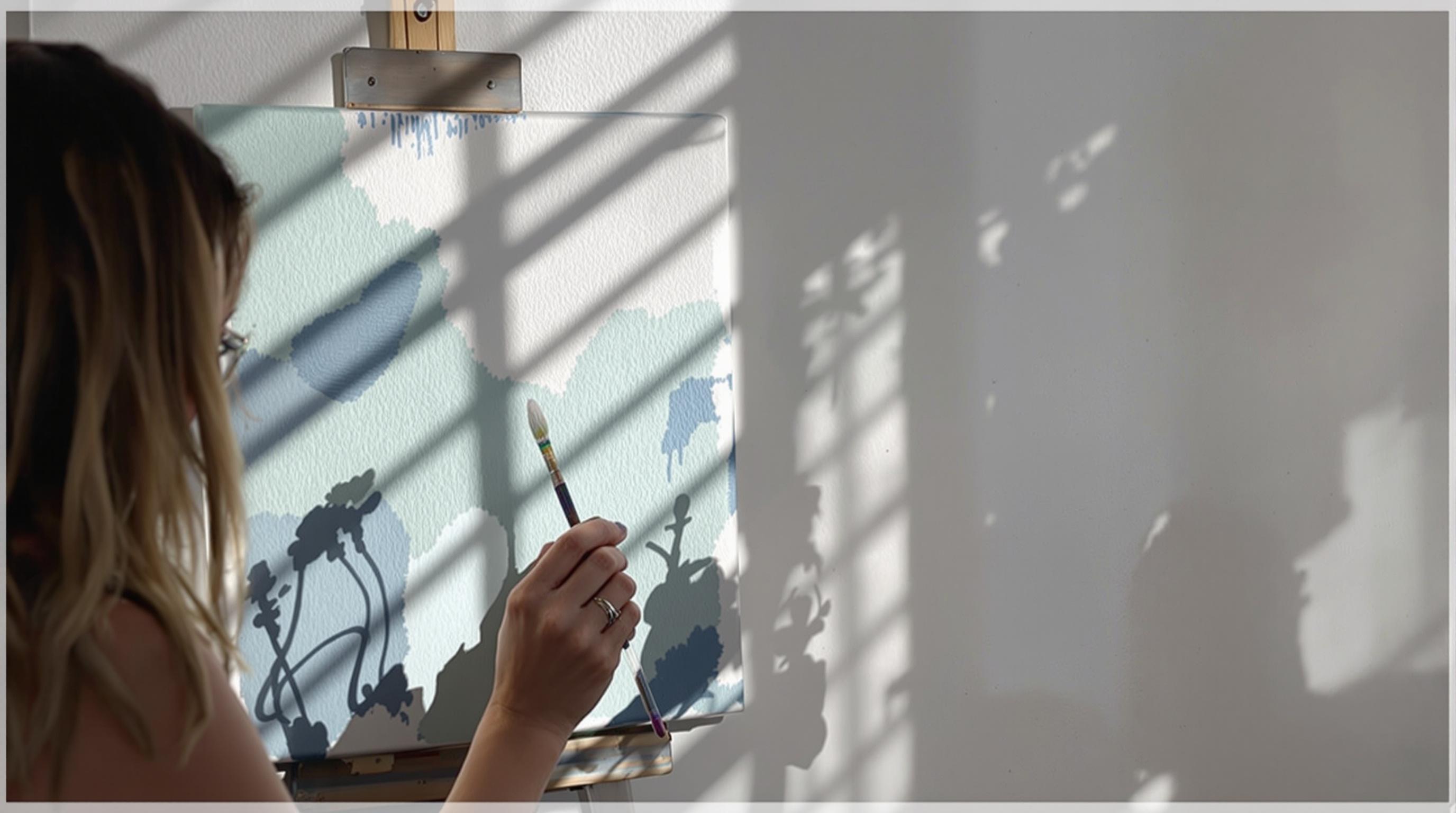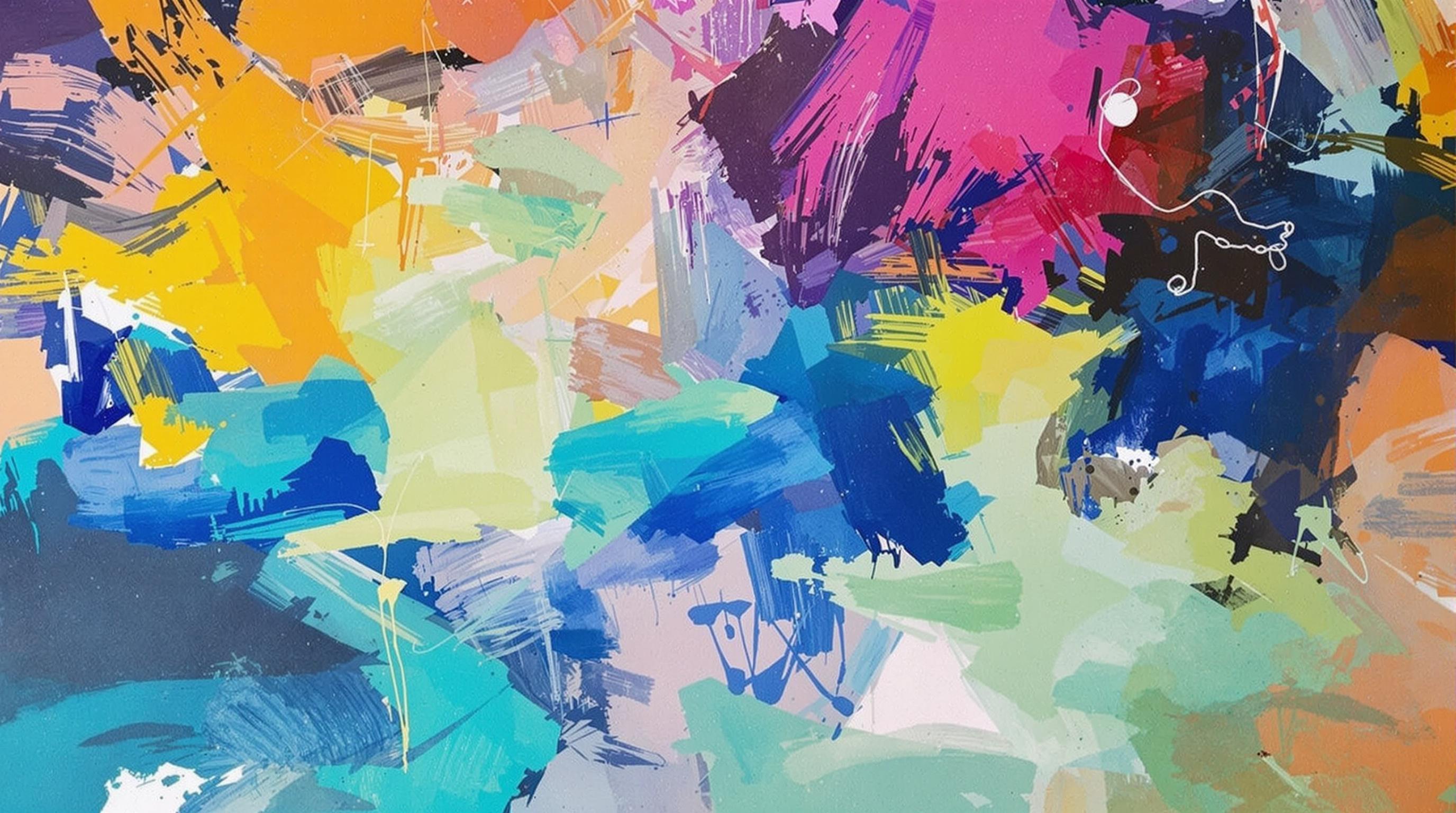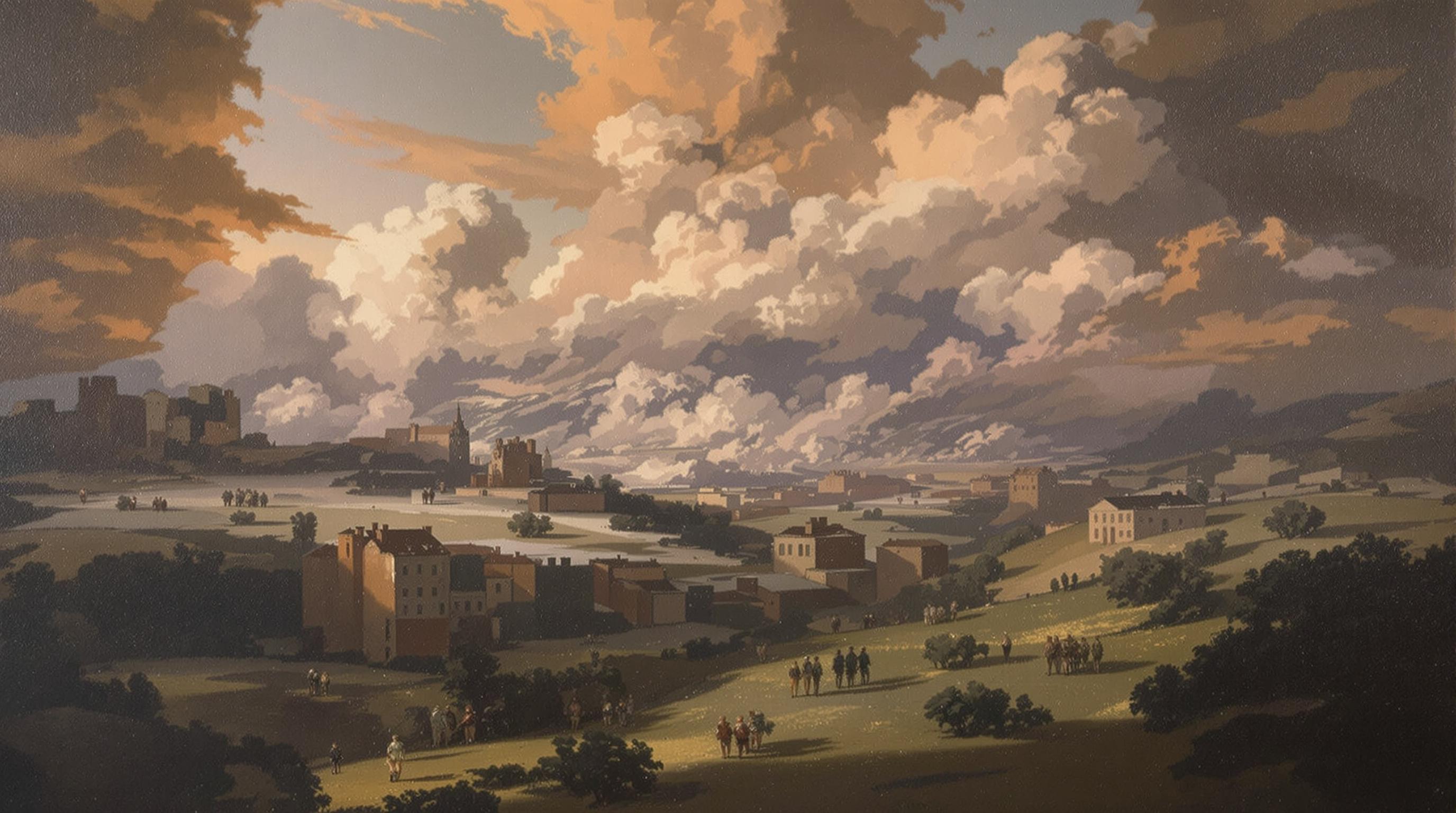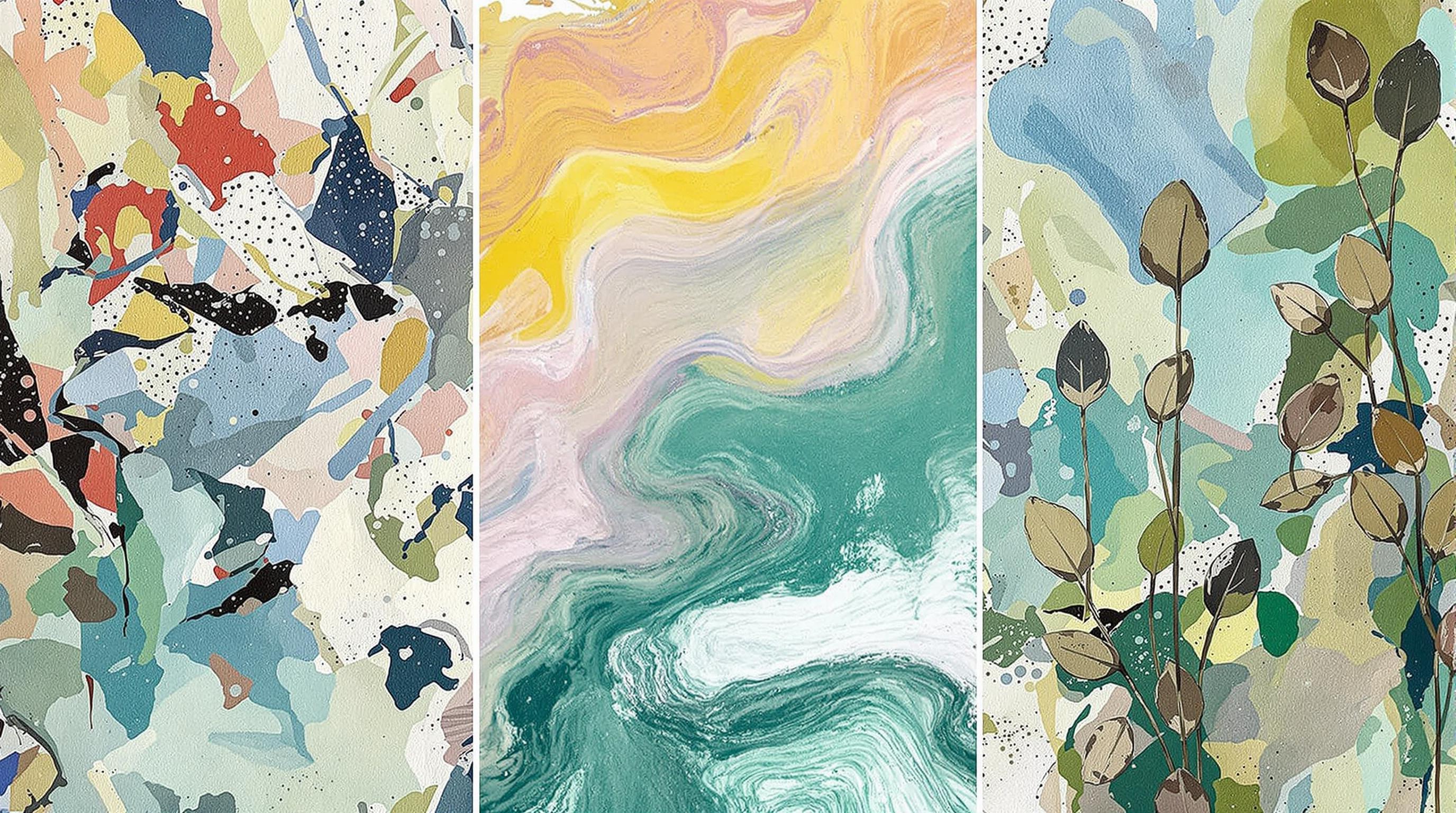Related Articles
- The Hidden Influence of Ergonomics: How Tool Design Shapes Our Physical Spaces and Daily Lives
- The Silent Influence: How Hidden Home Implements Shape Our Daily Routines and Spaces
- The Counterintuitive Role of Chaos: How Messy Tool Storage Can Lead to Unexpected Home Innovations
- Exploring the Unseen: How Audio Experiences Shape the Art of Domestic Spaces and Color Perception
- Rethinking the Mundane: How Everyday Objects are Becoming the Canvas for Modern Artistic Expression in Home Spaces
- Cultivating Chaos: The Surprising Benefits of Embracing Weeds in Your Garden Ecosystem
10 Unexpected Ways to Use Light and Shadow in Your Painting Techniques: Transform Your Decor into a Dynamic Visual Experience
10 Unexpected Ways to Use Light and Shadow in Your Painting Techniques: Transform Your Decor into a Dynamic Visual Experience
10 Unexpected Ways to Use Light and Shadow in Your Painting Techniques: Transform Your Decor into a Dynamic Visual Experience
1. Embrace Chiaroscuro
Chiaroscuro, an Italian term meaning "light-dark", is a painting technique that uses strong contrasts between light and shadow to create a sense of volume and three-dimensionality. By incorporating this technique, artists can bring their subjects to life, adding drama and intensity to any artwork.
To effectively use chiaroscuro, start by identifying your light sources. The direction and quality of light play essential roles in how shadows are cast. Experiment with different light angles to see how they affect the mood of your painting.
Consider pairing this technique with dynamic compositions to enhance the intrigue of your decor. Pieces featuring soft, diffused light against deep shadows can create compelling focal points that engage viewers and elevate everyday spaces.
2. Capture the Golden Hour
The golden hour, during sunrise and sunset, offers a unique lighting opportunity that many artists fail to capitalize on. This time presents a warm, soft light that lends itself beautifully to rich, vibrant palettes.
Incorporating this concept into your painting can dramatically alter the emotional tone of your work. Consider warm yellows, deep oranges, and soft pinks to mimic the natural ambiance of this fleeting moment.
As you transform your decor, paintings reflecting this warm glow can infuse your space with positivity and warmth, creating a welcoming atmosphere that invites relaxation and conversation.
3. Play with Reflections
Reflections can add layers of complexity to your paintings. Whether it’s water, glass, or polished surfaces, capturing reflections can introduce fascinating light dynamics and enhance the interplay between light and shadow.
To master this technique, observe how light bounces off surfaces in your surroundings. Incorporate these reflections into your compositions to create intrigue while offering viewers an unexpected visual twist.
Reflective paintings can serve as luminous decor pieces, drawing the eye and sparking conversation as guests ponder the brilliance of your artistic choices.
4. Utilize Negative Space
Negative space refers to the area around and between objects in a composition rather than the subjects themselves. This often-overlooked component can significantly influence the perception of light and shadow in your artwork.
By carefully considering negative space, you can enhance the dimensionality of your subjects. Allow areas of shadow to define shapes and create breathing room in your painting, resulting in a balanced and dynamic piece.
In a decor setting, works that cleverly employ negative space can provoke thought, encouraging viewers to explore beyond the obvious and sparking a dialogue about the relationship between absence and presence.
5. Experiment with Color Shadows
Many artists default to black or gray for shadows, but experimenting with colored shadows can lead to captivating new aesthetics. The use of color in shadow adds depth and richness, evoking emotions and mood shifts.
To explore this technique, analyze the colors in your environment and observe how they alter when cast in shadow. Integrating these hues can transform mundane objects into striking focal points within your decor.
Vibrant, colorful shadow works can rejuvenate a room, inviting energy and curiosity while providing a visual feast for the eyes as you let your imagination take flight.
6. Layered Lighting Techniques
Layering lighting in your paintings can create a sense of complexity and movement. Utilize multiple light sources to cast various shadows and highlights, bringing depth to a single canvas.
Experiment with different techniques, like glazing, to build up layers of color. This approach can achieve a luminous quality that mimics real-life light shifts throughout the day, making your paintings feel more alive.
Dynamic layered lighting effects can result in artworks that shift with the light in your decor, giving them a presence that continually transforms, engaging viewers in an ongoing visual experience.
7. The Power of High Contrast
A high contrast approach can generate striking visual drama, stimulating excitement and engagement in viewers. By combining dark and light elements strategically, artists can force focus onto key aspects of their paintings.
To achieve this look, consider bold strokes and drastic transitions between colors. This technique is particularly effective in abstract works that demand attention and prompt interpretation.
High contrast paintings are perfect for creating statement pieces in your decor. They can serve as conversation starters while infusing your space with energy and vitality.
8. Incorporate Shadows as Subjects
Shadows themselves can be captivating subjects in their own right. By emphasizing the shapes and forms that shadows create, artists can offer unique and open-ended narratives within their work.
Play with varying intensities and shapes of shadows to tell a story or evoke a feeling. Consider how the subject matter interacts with its shadows, inviting viewers to delve deeper into your artistic message.
As part of your decor, pieces focusing on the beauty of shadows can spark curiosity and inspire a deeper appreciation for the subtle interplay of light in our daily lives.
9. Create Atmospheric Depth
The technique of creating atmospheric depth can enhance the overall composition of your painting. By using gradients and transitioning between light and shadow, artists can simulate depth and space realistically.
Consider how foreground objects can be painted with greater detail and lighter tones, while those in the background recede into softer shadows. This contrasting technique builds a sense of scale and distance.
In a decor context, pieces that leverage atmospheric depth will invite viewers to step closer and explore the intricacies of the painted world, transforming walls into portals to distant landscapes.
10. Transform with Minimalism
Sometimes, less is more. A minimalist approach focusing on simplistic shapes and a limited palette can emphasize the contrast between light and shadow, crafting powerful visual statements.
Incorporate negative space strategically and ensure that shadows have a pivotal role in composition. This will foster a sense of serenity while effectively communicating your artistic vision.
Minimalist paintings can become serene anchors in your decor, promoting tranquility and contemplation within the space, allowing guests to experience the beauty of simplicity.
Whether you choose to engage with all ten techniques or select a few that resonate, these unexpected applications of light and shadow can yield transformative results in your painting practice and decor. The interplay between light and shadow not only enhances visual interest but also evokes emotion and creates conversations. So grab your brushes and explore the boundless possibilities waiting in the dance of light and shadow!





